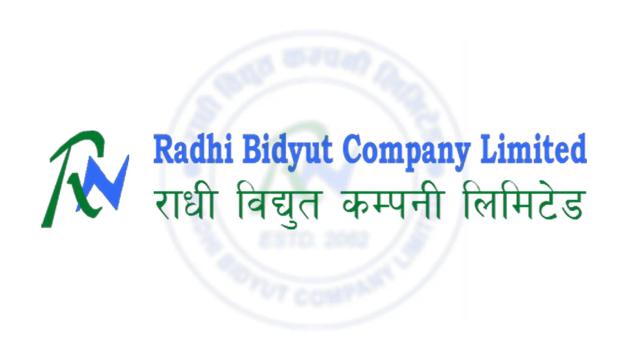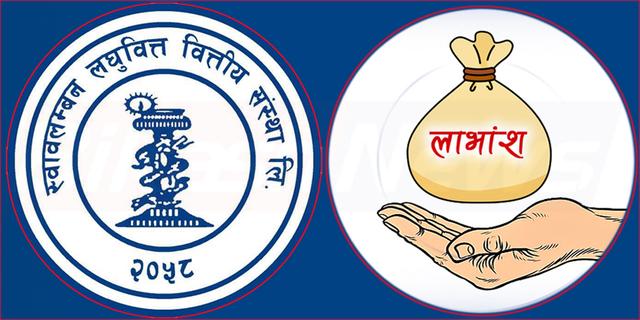Nepal Rastra Bank Publishes Detailed Report on Deposit Collection Auction Results for FY 2081/082
Author
Nepsetrading

The Nepal Rastra Bank (NRB), through its Monetary Management Department, has officially published a comprehensive summary of its regular deposit collection auction results for the fiscal year 2081/82. The report details a total of 74 deposit auctions carried out between the start of the fiscal year and 4th Falgun 2082 (February 16, 2026).
Over the fiscal year, a total offer amount of Rs. 345.90 crore was floated across various auction windows. Against this, Rs. 298.19 crore was accepted and issued, while bids worth Rs. 248.93 crore were received. This indicates a robust participation and liquidity interest in NRB’s short-term monetary instruments.
The deposit collection auctions were conducted with varying maturities, ranging from 7 days to 25 days, showcasing the central bank’s flexible approach to short-term liquidity absorption. Each issuance had a consistent maximum interest rate of 3.0000%, with the weighted average rates (WAR) ranging from around 2.8671% to 3.0000%, depending on market conditions and participant demand.
Some key highlights include:
The highest issued deposit amount in a single auction was Rs. 10 crore, appearing multiple times throughout the fiscal period.
The WAR remained highly stable and close to the ceiling rate, indicating tight liquidity and strong demand for safe NRB-backed instruments.
Participation remained steady, with as many as 66 bids recorded in a single auction and the number of participating institutions frequently crossing 15.
The results reflect NRB’s strategic role in managing liquidity through regular deposit collections, a tool used to mop up excess liquidity in the banking system without disrupting interest rate stability. The central bank appears to have skillfully maintained short-term interest rate targets while ensuring adequate market participation.
This report plays a critical role in reflecting the central bank’s short-term liquidity operations and provides insight into the health of the money market and banking liquidity throughout the fiscal year.



